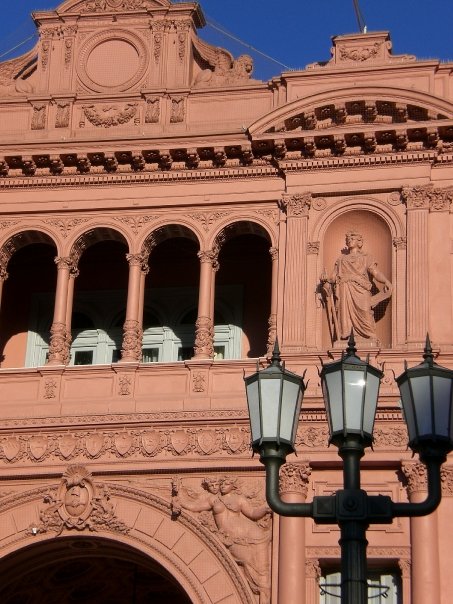On August 9, Argentine voters will take part in a compulsory open primary — the dress rehearsal for the general election set for late October.![]()
It’s the first presidential election since 1999 where a Kirchner won’t actually be on the ballot. Nevertheless, kirchnerismo is very much on the ballot, and its standard bearer, Daniel Scioli, the candidate of the ruling Frente para la Victoria (FpV, the Front for Victory), served as the late president Néstor Kirchner’s vice president between 2003 and 2007.
The country’s pre-game primary, however, is a relatively new feature to Argentine democracy. The outgoing incumbent, Cristina Fernández de Kirchner, introduced open primaries in time for the 2011 elections — mandatory for both parties and voters alike. Candidates must win at least 1.5% support in the primary to advance to the general election. In a country where polling is still more art than science, and where political parties and coalitions are still more personality-oriented than long-term ideological vehicles, the primary is the most reliable test of electoral support before the October 25 election.
* * * * *
RELATED: Everything you need to know
about Argentina’s impending default
* * * * *
If polls remain as tight as they are today, and no candidate wins (i) either 45% of the vote outright or (ii) at least 40% of the vote (and leads the nearest candidate by more than 10%), the country will choose between the top two finishers in a November 22 runoff.
So this Sunday’s primary could be the first of three showdowns for the Casa Rosada. Continue reading What to expect from Sunday’s Argentine presidential primaries
